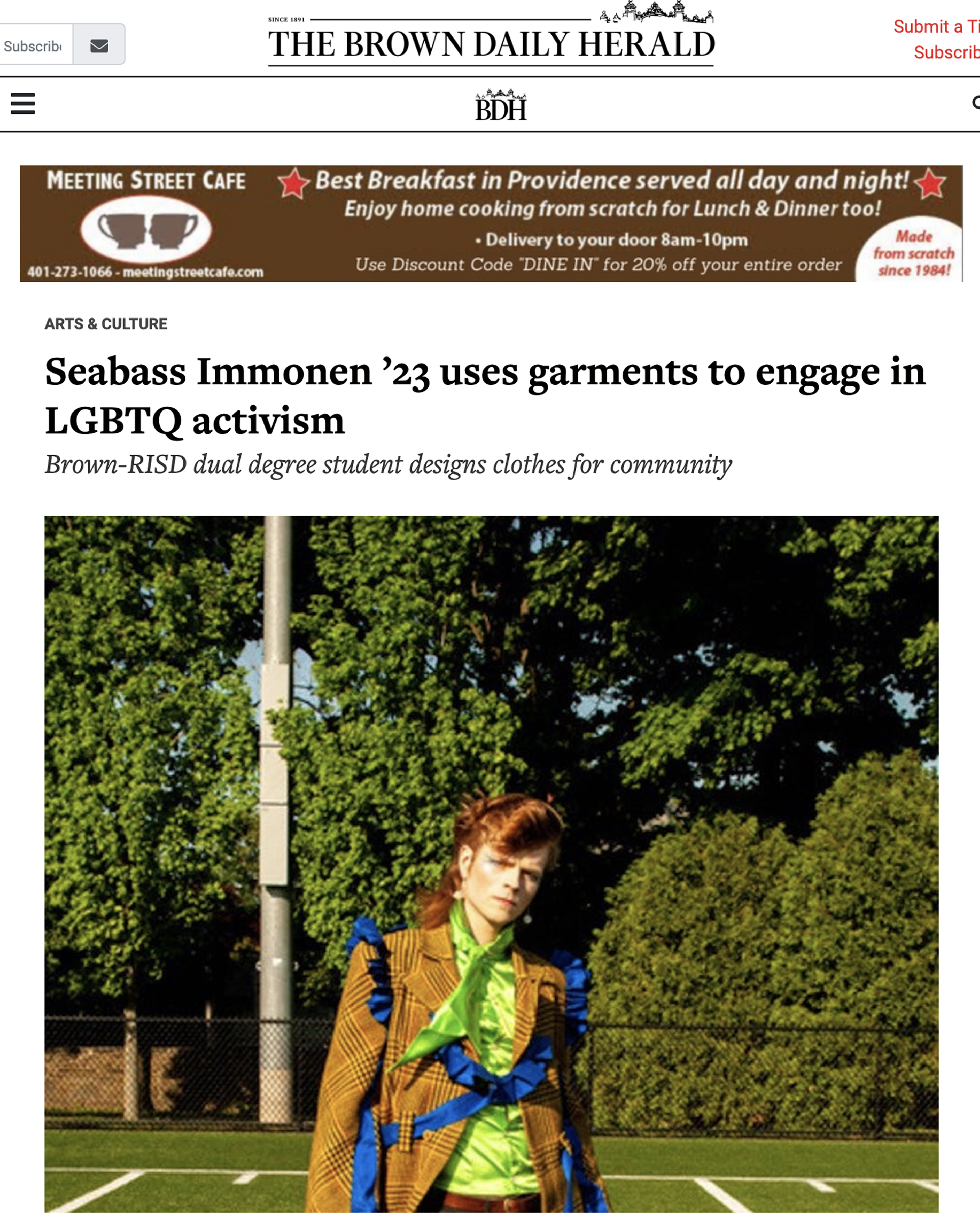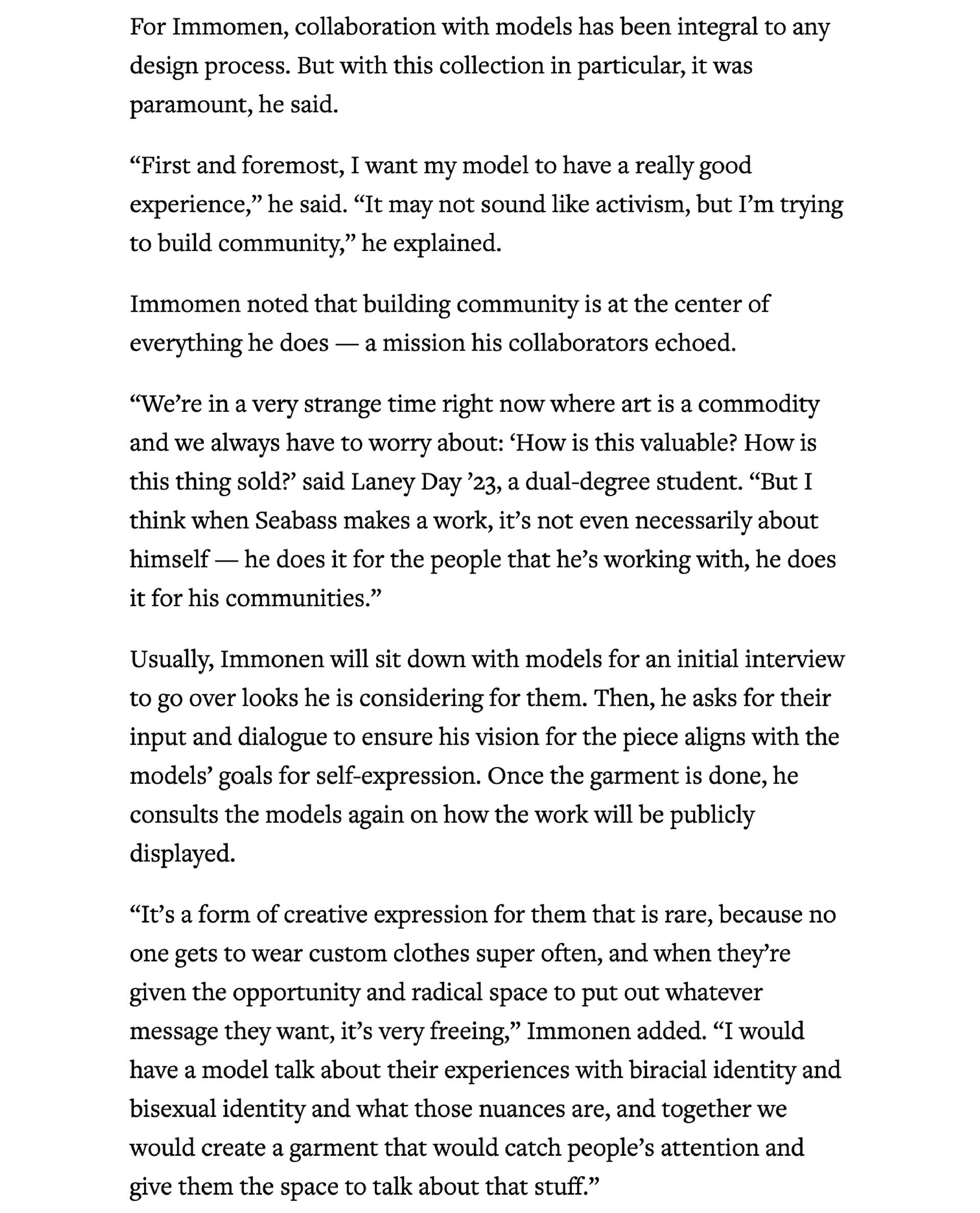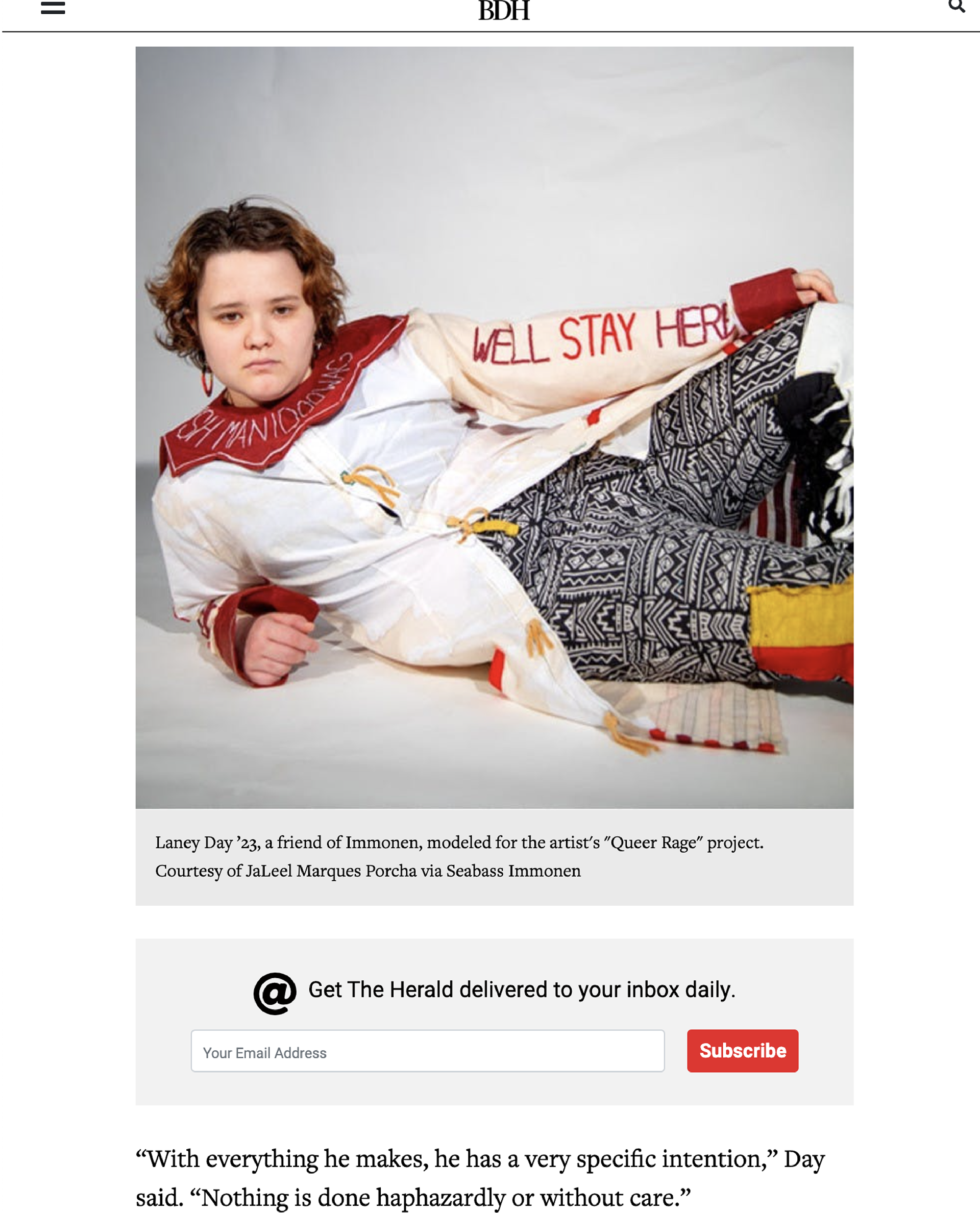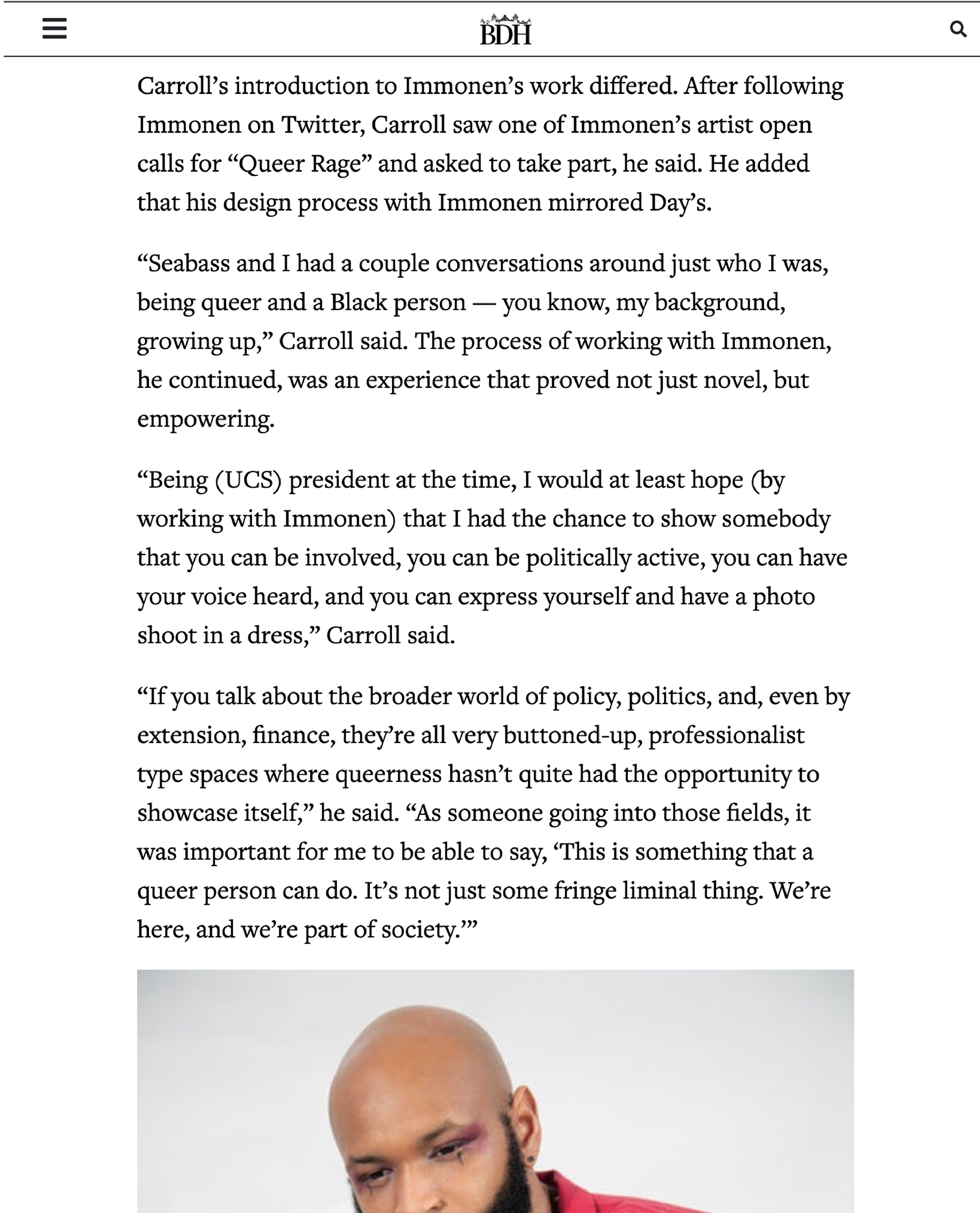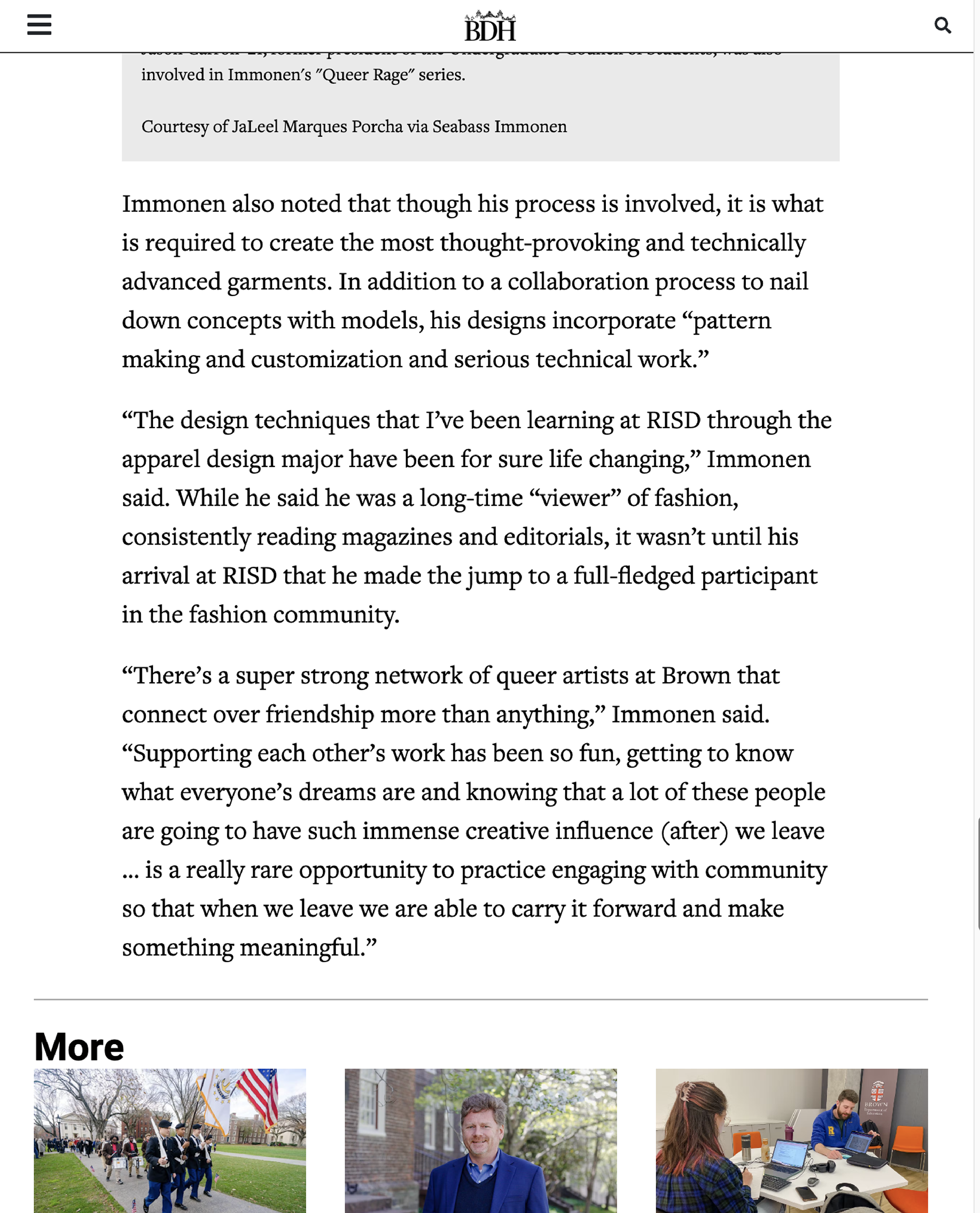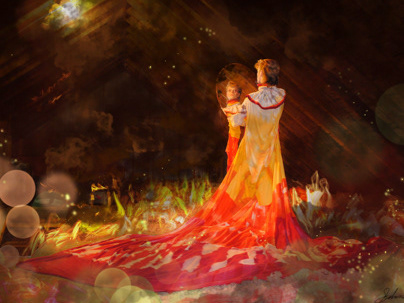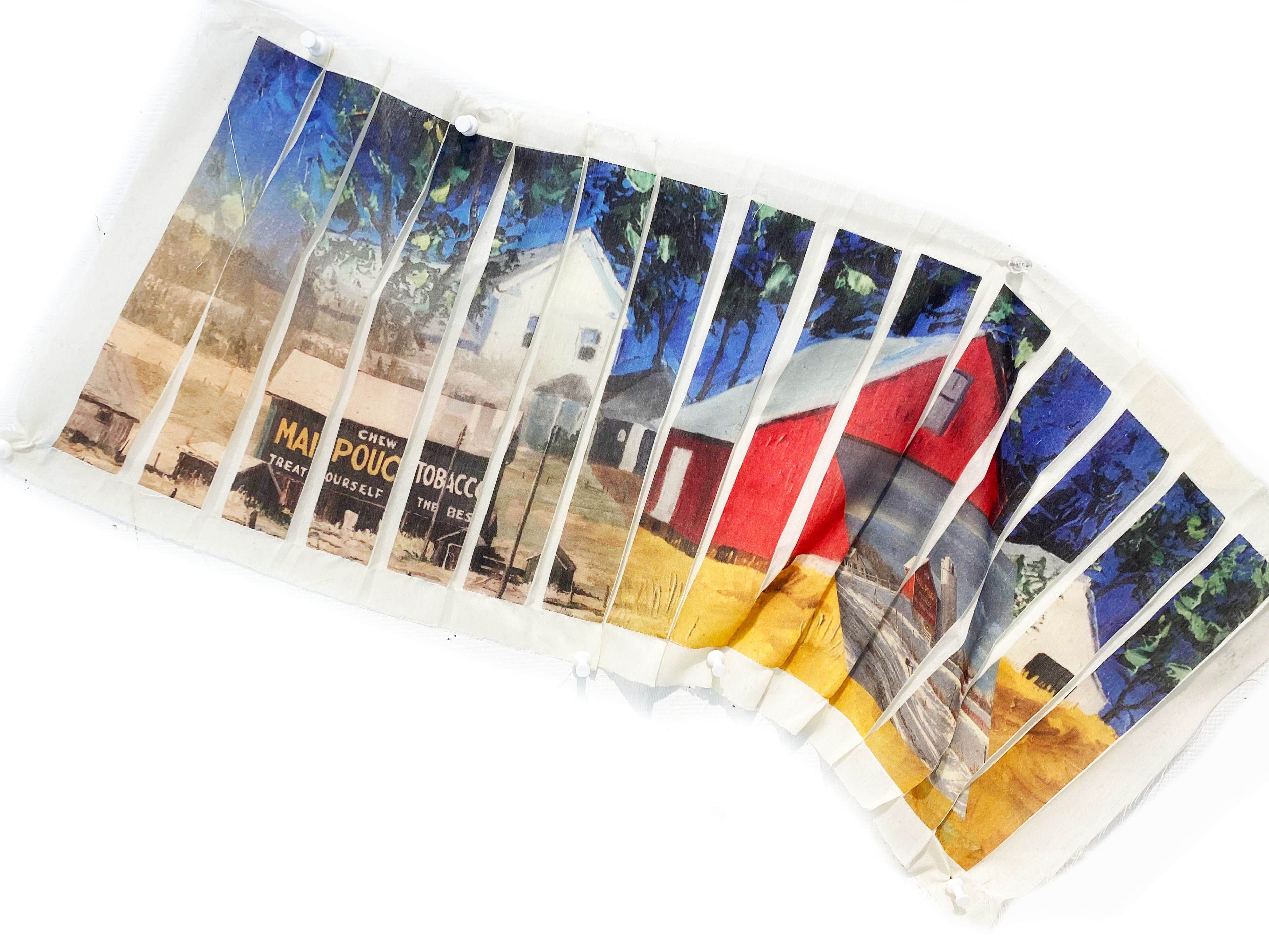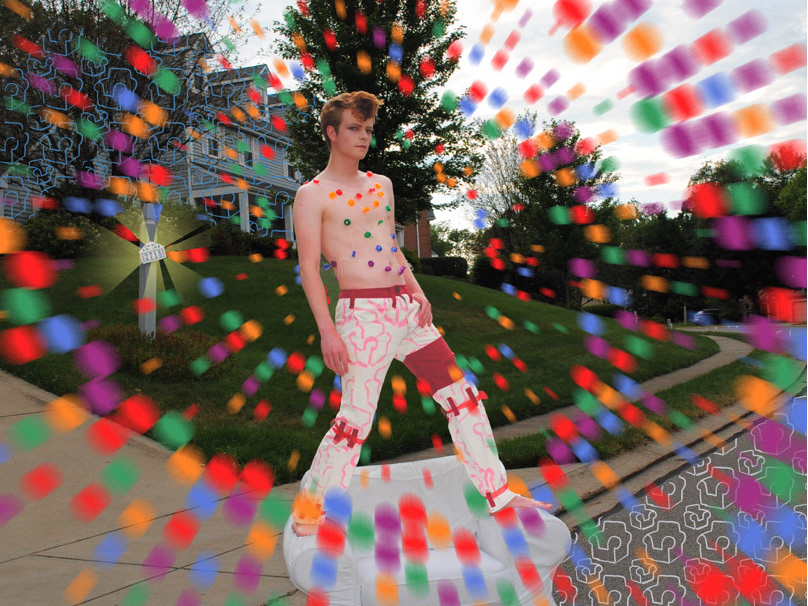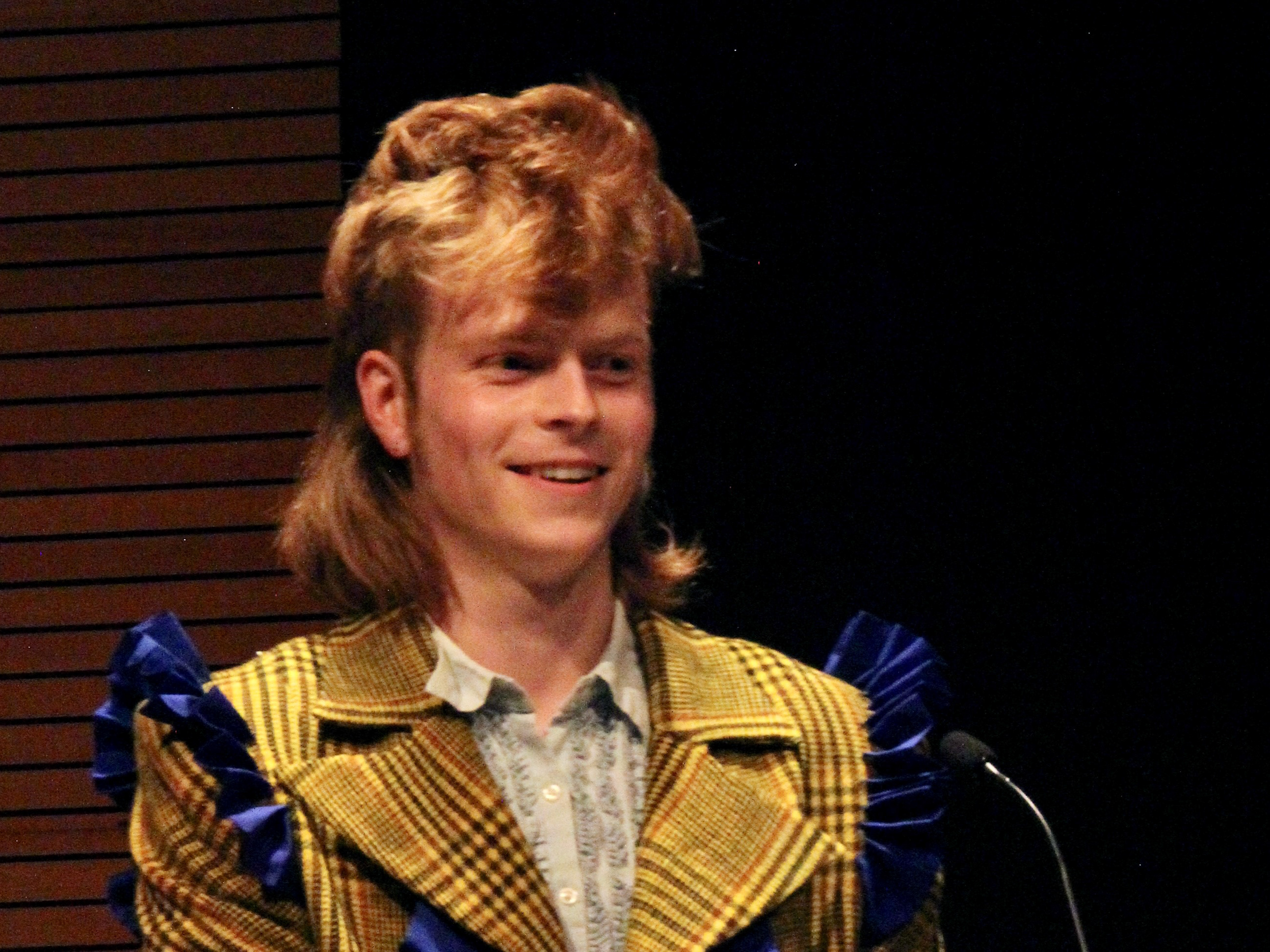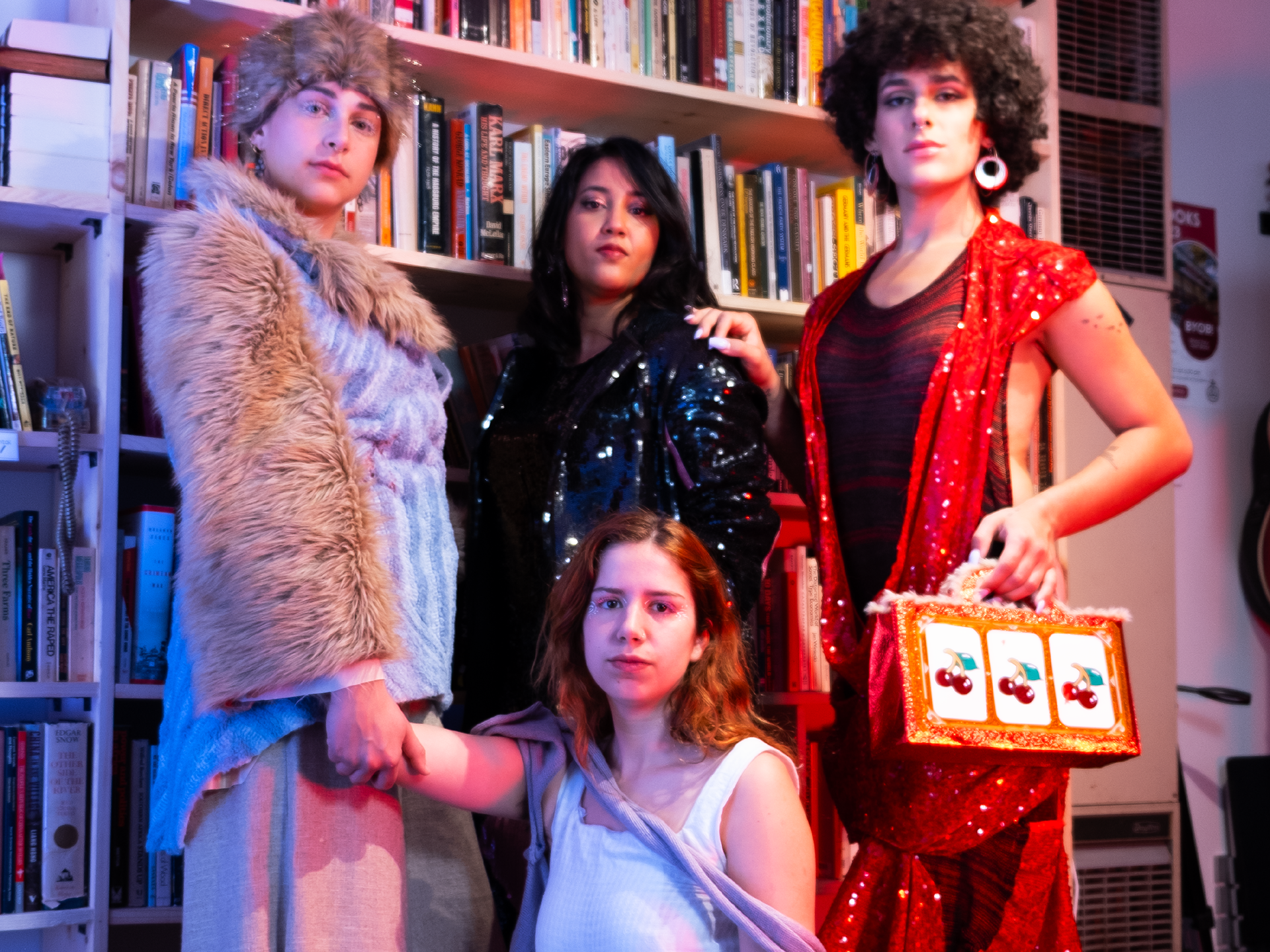Lighting by JaLeel Marques Porcha. Song "Inextricable (Ft. Tess Elliot)"
Photo by JaLeel Marques Porcha, Collaborator Davi
Photo by JaLeel Marques Porcha, Collaborator Zeinab Azizkhani
Photo by JaLeel Marques Porcha, Collaborators Davi and Zeinab Azizkhani
Photo by JaLeel Marques Porcha, Collaborator Ralph Skunkie Davis
Photo by JaLeel Marques Porcha, Collaborator Lauren Smith
Photo by JaLeel Marques Porcha, Collaborator Maria Yocca
Photo by JaLeel Marques Porcha, Collaborators Maria Yocca and Lauren Smith
Photo by JaLeel Marques Porcha, Collaborator Gabriella Etoniru
Photo by JaLeel Marques Porcha, Collaborator Jason Carroll
Photo by JaLeel Marques Porcha, Collaborators Gabriella Etoniru and Jason Carroll
Photo by JaLeel Marques Porcha, Collaborator Laney Day
Photo by JaLeel Marques Porcha, Collaborators Laney Day and Ralph Skunkie Davis
